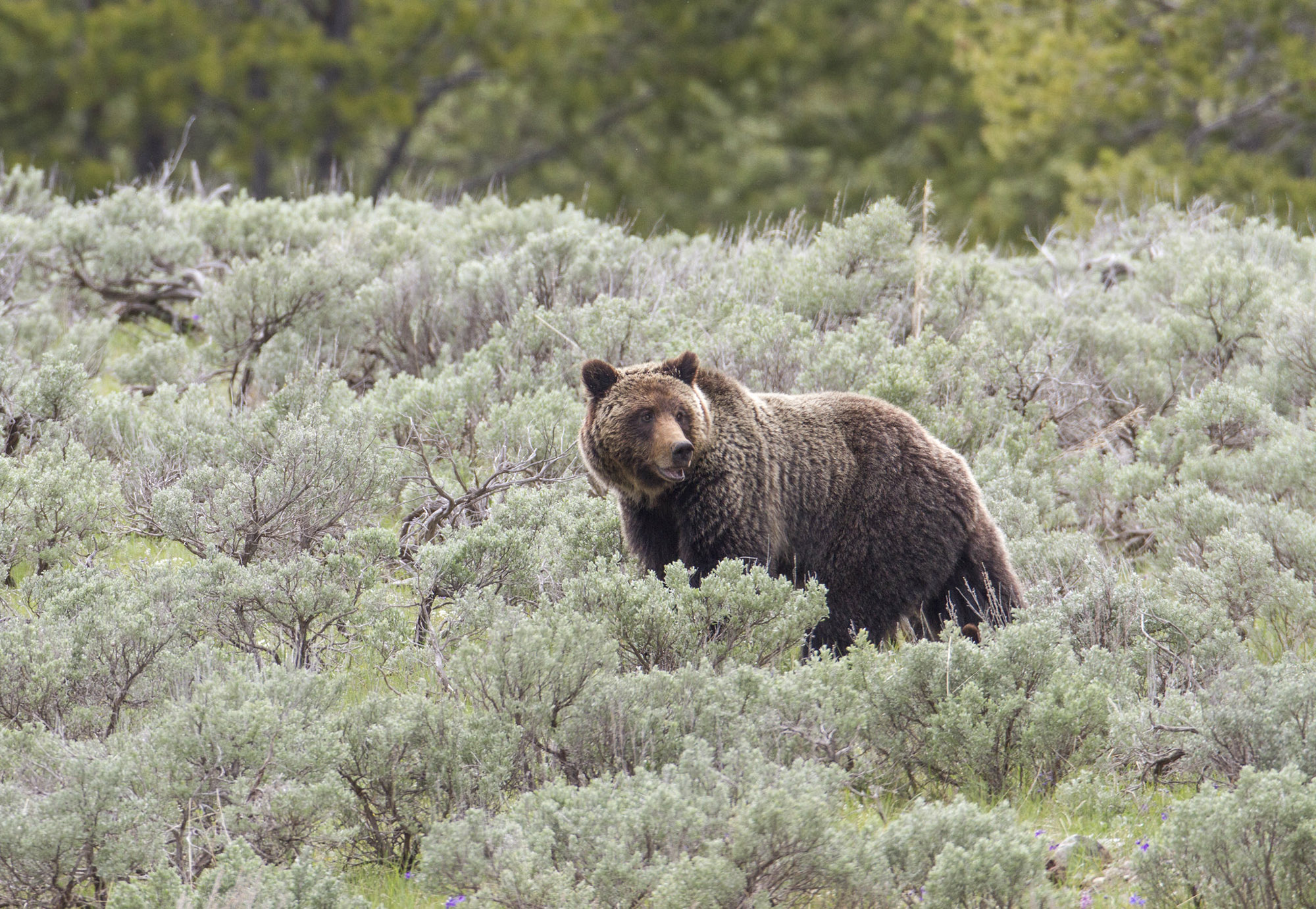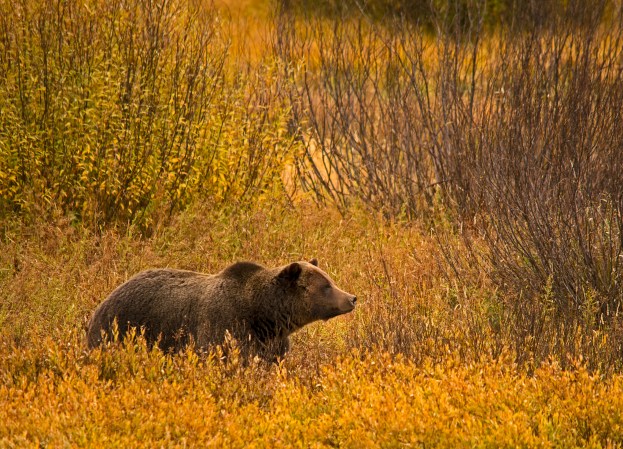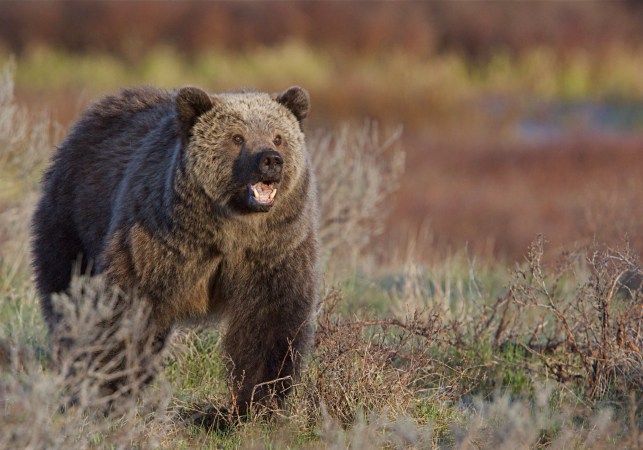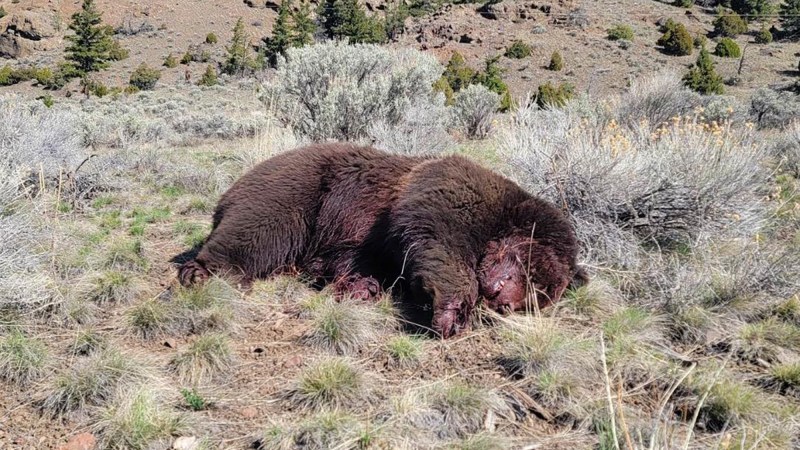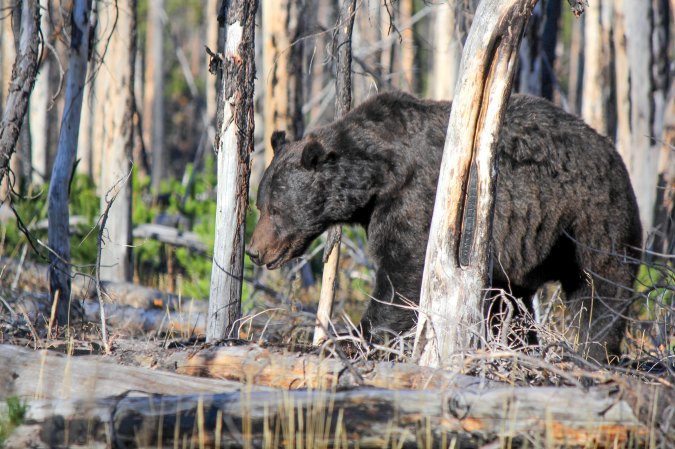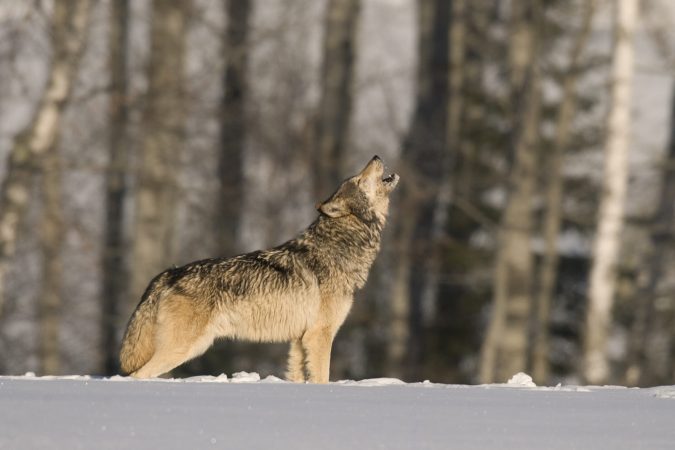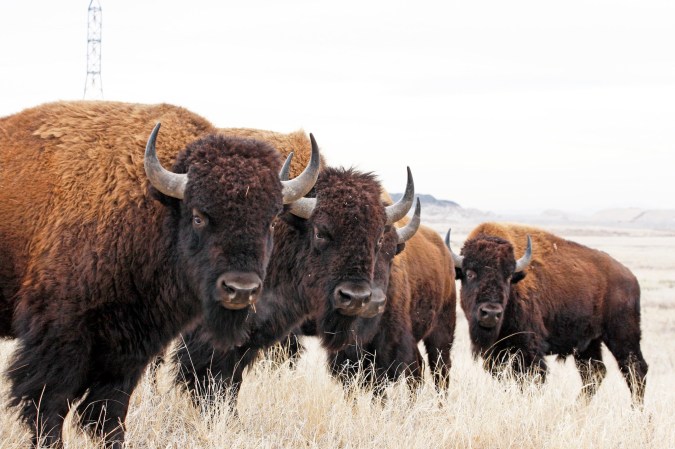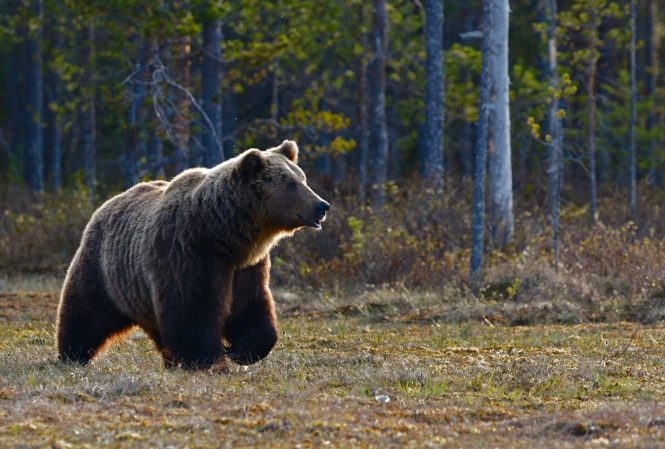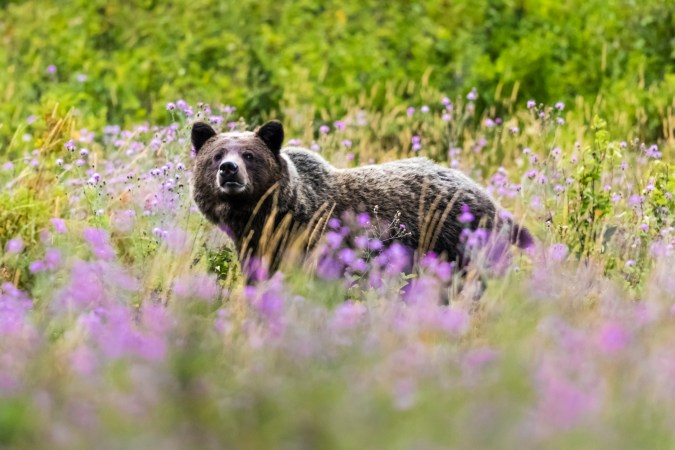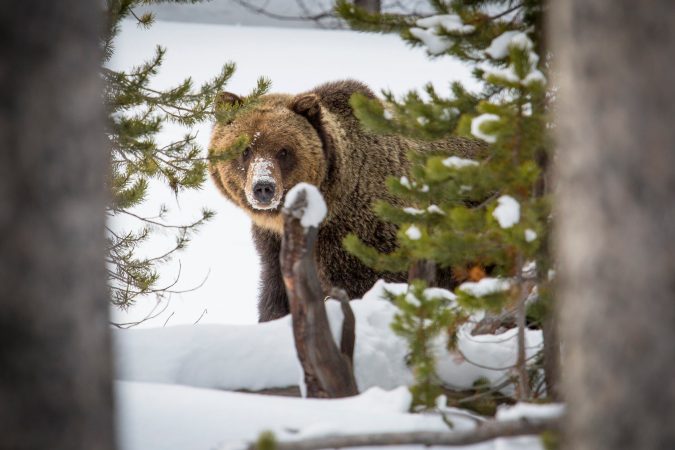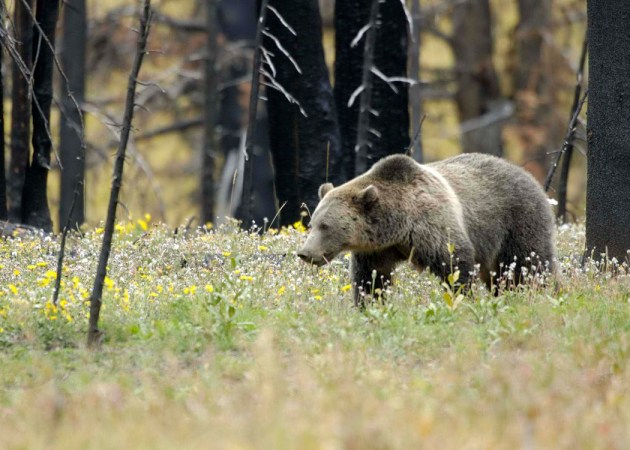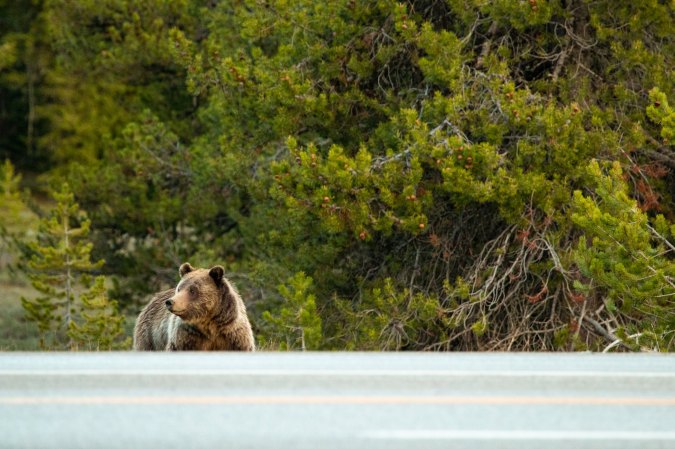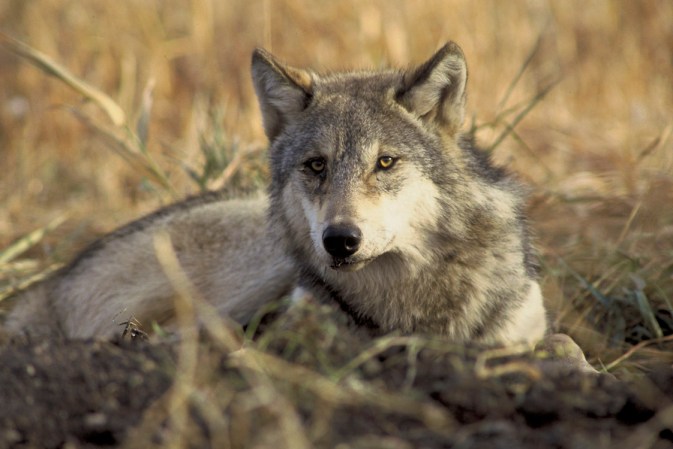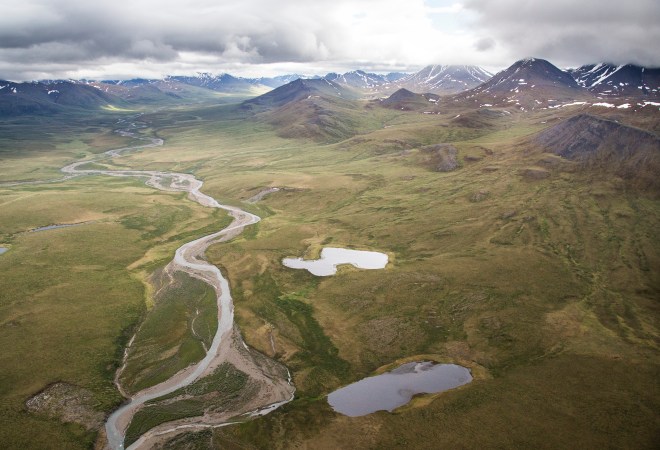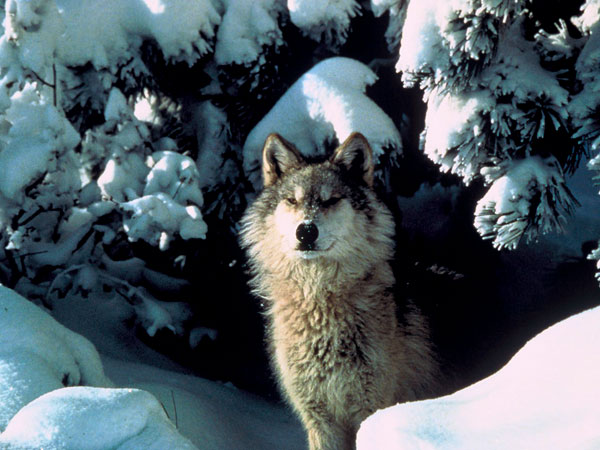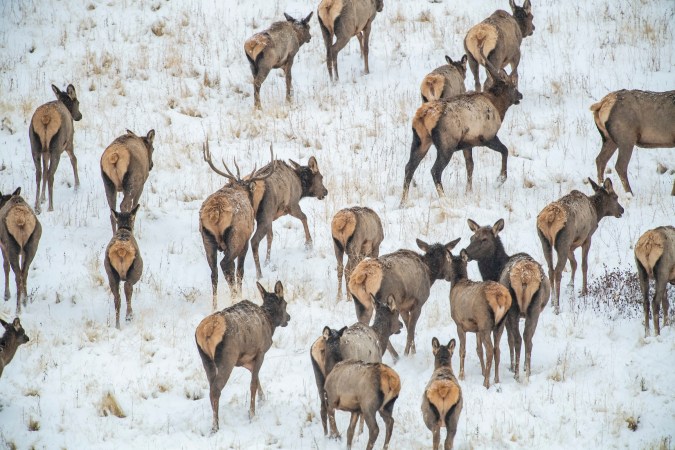My college buddy runs a sports-betting operation in Vegas, and he occasionally shares with me some of the surprising non-sports “events” that bookies make odds on. The number of named hurricanes in the Atlantic. The first song in a Taylor Swift concert. How many times President Biden says “fella” during a speech to union supporters.
So I asked him the other day: Is there a Vegas betting line on when grizzly bears will be removed from the federal endangered species list? He laughed.
“We prefer to bet on things that have a knowable answer,” he told me. Betting on grizzly bear recovery, he said, “is like betting on the existence of God.”
His perspective has lingered with me as I’ve watched skirmishes this spring and summer that will define the terms of grizzly bear management when (or if) state fish-and-game agencies take over from the U.S. Fish and Wildlife Service. It seems equally likely these preemptive moves could keep the legal status of this iconic species in a sort of administrative purgatory, with bears recovered in sufficient numbers to lift federal protections, but with courts and public opinion expressing doubts about states’ fitness to manage them.
That context makes a series of otherwise unremarkable recent events into something more, the terms that will define not only the legal definition of grizzly bears, but a window into how Westerners either choose to live—or choose not to live—with this large, disruptive omnivore.
Over the shoulders of state legislators, governors, state wildlife commissions, and federal agencies is a running clock, started in early February by USFWS’ announcement that the feds would initiate a 90-day status review of grizzly populations in the Greater Yellowstone and Northern Continental Divide ecosystems. The agency was responding to petitions by the governors of Wyoming, Idaho, and Montana to start the delisting process.
“The Service finds two of these petitions [Idaho’s was rejected] present substantial information indicating the grizzly bear in the Northern Continental Divide Ecosystem (NCDE) and the Greater Yellowstone Ecosystem (GYE) may qualify as their own distinct population segment and may warrant removal from the list of endangered and threatened wildlife.”
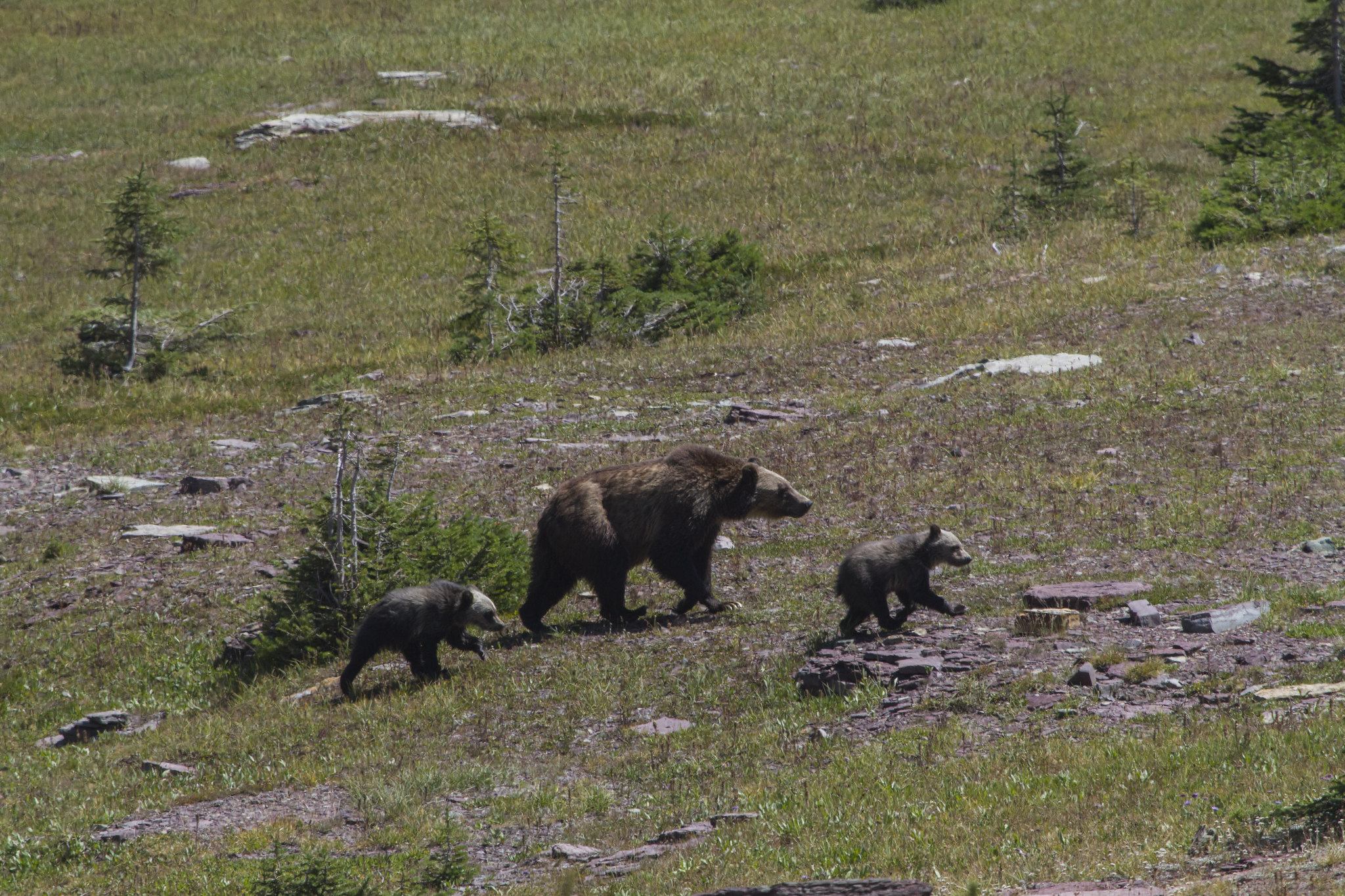
That announcement by USWFS—and that ticking clock—has inspired a sprint to stake out what a delisted-griz landscape would look like. Montana’s legislature went first, passing Senate Bill 295, which among other state management actions authorized livestock owners to kill grizzly bears either actively attacking livestock or deemed to be threatening to. Nothing out of the norm of state protections here, but SB295 went further, allowing these grizzly kill permits to be used outside of any established hunting season, and even on public land.
That’s a radical departure from previous state management prescriptions, which limited kill permits to private land. Public land is categorically different, argues Derek Goldman of the Endangered Species Coalition, one of more than a dozen environmental groups that signed a letter to Montana Gov. Greg Gianforte, urging him to veto SB295.
“We recognize that occasionally a landowner—working alongside bear specialists at FWP and having exhausted nonlethal efforts to prevent grizzly bear conflict—might need a lethal solution for a truly dangerous or habituated bear in their own barnyard,” wrote Goldman and other opponents of the legislation. “However, public land is a different scenario. Here, wildlife make their home, while livestock graze seasonally at the pleasure of (and subsidized by) the general public, often far from towns and ranches. We know of no other species managed by the Department that private citizens can obtain a permit to kill, on public land, outside of any established hunting season. Yet, SB295 creates this unprecedented authorization for our state animal—one of the slowest-reproducing and most mortality-sensitive species on the planet.”
Gianforte, who has told wildlife managers that one of his priorities in his first gubernatorial term is delisting grizzlies, allowed the legislation to become law. Goldman and other opponents say the sanctioning of a limitless season on grizzlies could persuade the Department of the Interior that states aren’t yet ready to assume grizzly bear management.
Grizzlies in the Upper Green
Conflicts between grizzly bears and public-land livestock aren’t confined to Montana. In Wyoming, environmental groups are dismayed that the U.S. Forest Service has approved a cattle-and-sheep grazing plan on the largest livestock allotment in the West. It’s in the upper Green River watershed, roughly between Yellowstone National Park and the Wind River Range, a place where grizzly bears often come into contact—and conflict—with domestic livestock. Under terms of the grazing permit, livestock agents are authorized to kill up to seven grizzlies a year for the next 10 years.
That lethal take, amounting to 72 grizzlies over the next decade, prompted activists to sue both USFS and USFWS. That suit was settled last month in favor of Upper Green River livestock grazers.
Read Next: Where Do All the Problem Bears Go?
At the heart of the opponents’ suit was their claim that the Upper Green River, along with other drainages that fall off the high, wild Yellowstone Plateau, are vital transition lands as expanding grizzlies pioneer new landscapes outside their protected parklands. But that argument suffered a public setback last month when a federal bear biologist reported that griz expansion into new habitats has ceased, and in the last years has even decreased.
Data from GPS-collared bears and other geo-locations suggest that “we are reaching the limits of even marginal habitat,” said Interagency Grizzly Bear Study Team leader Frank van Manen of the Greater Yellowstone Ecosystem “There’s more human influence [on the ecosystem periphery], and so we have a lot more human-bear conflict and higher [grizzly] mortality.”
Grizzly distribution is measured by GPS data from the dozens of bears collared in the GYE. The locations of grizzly deaths are also factored into the management picture. The data suggest that grizzly range has been stagnant over the last two years, van Manen told the Interagency Grizzly Bear Committee. It even retracted along the northern periphery of grizzly range in southern Montana. Overall the reduction in range amounted to 142 square miles—about 0.5 percent of the species’ total distribution.
Grizzlies on the Move
Distribution dynamics appear to be different in the Northern Continental Divide Ecosystem, where grizzlies are steadily moving outside of wildlands and into transition zones heavily used by humans. The NCDE stretches roughly from Interstate 90 through western Montana north to the Canadian line. The wild area includes the Bob Marshall Wilderness Complex and Glacier National Park.
Significantly, it also includes adjacent wildlands that currently don’t have viable numbers of grizzlies. Like the Bitterroot Mountains south of Missoula, Montana. The Bitterroots, which range into Idaho, had earlier been identified as a grizzly restoration zone, and were on tap to receive as many as 25 transplanted grizzlies. But changes in presidential administrations and court rulings suspended that translocation work.
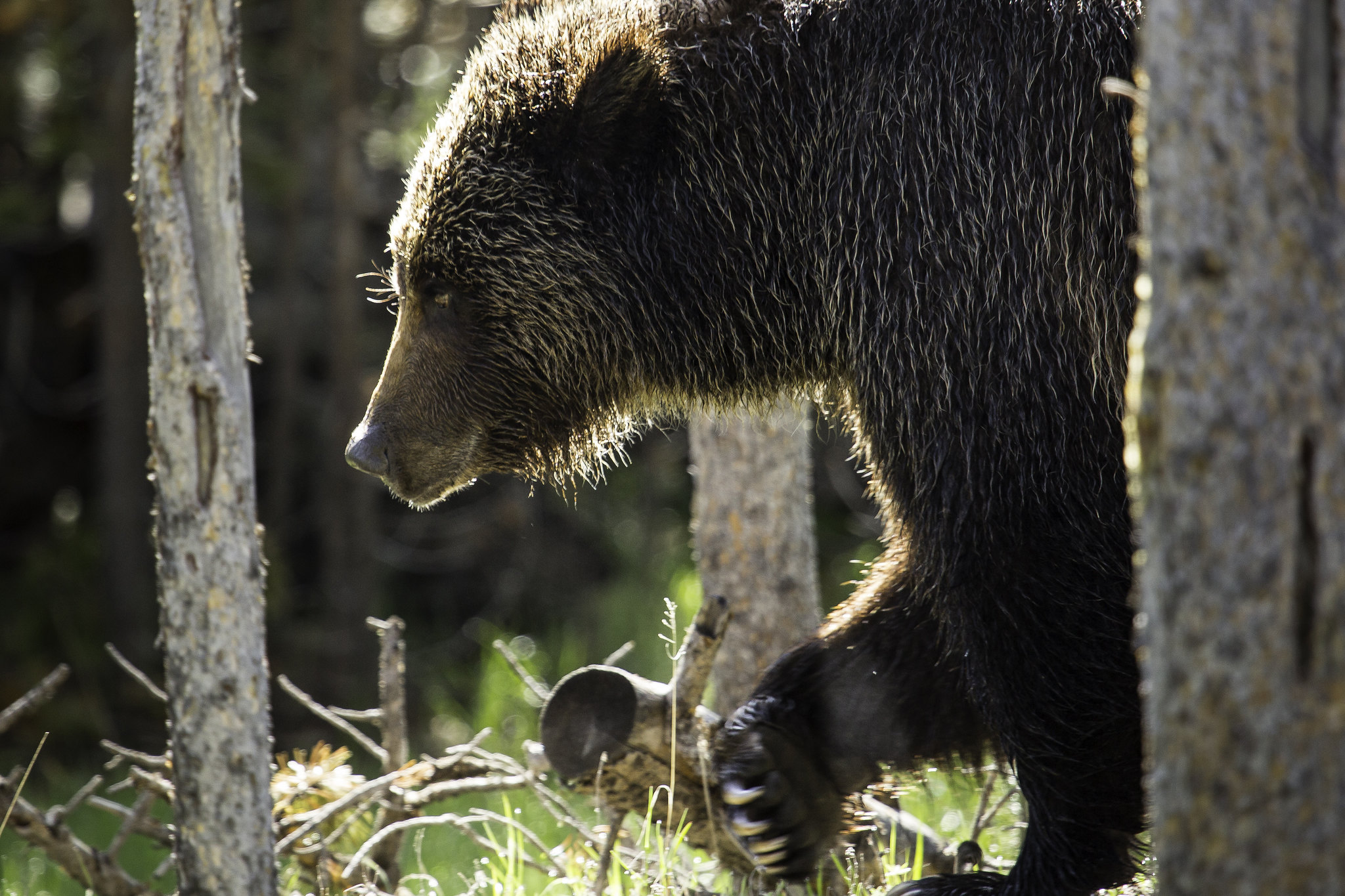
Still, grizzlies have been naturally moving toward the Bitterroot, and in April a federal judge ordered USFWS to study the area’s capacity for supporting a grizzly bear population.
Meanwhile, bears have been spilling out of the Bob Marshall Wilderness into the adjacent eastern plains, where some bears routinely get in trouble with farmers and townspeople. Last month, a grizzly bear was killed near the wheat-growing town of Conrad, and other bears have ventured far to the east.
Will We Ever Hunt Grizzly Bears?
Most people reading this are probably eager to hear that with state management of delisted grizzly bears will come sport-hunting seasons. Not so fast, say both state wildlife agencies and a mixed chorus of bear defenders.
First, Montana’s Fish and Wildlife Commission, in considering rules that would direct state management of grizzlies, notes that sport hunting is “the most desirable method” for balancing the number of bears with available habitat. In that way, management of bears would conform to norms used to manage other big-game populations. But the commission also noted that it’s in no hurry to implement a hunting season, suggesting that the state would manage bears for at least five years before any hunting season would be proposed.
Read Next: Are Grizzly Attacks Really on the Rise?
Because grizzly bears reach sexual maturity relatively late in life, and because their reproductive potential is much slower than black bears, wolves, and any ungulate species, the species requires special management considerations, argues Dave Mattson, former grizzly bear biologist for the U.S. Geological Service.
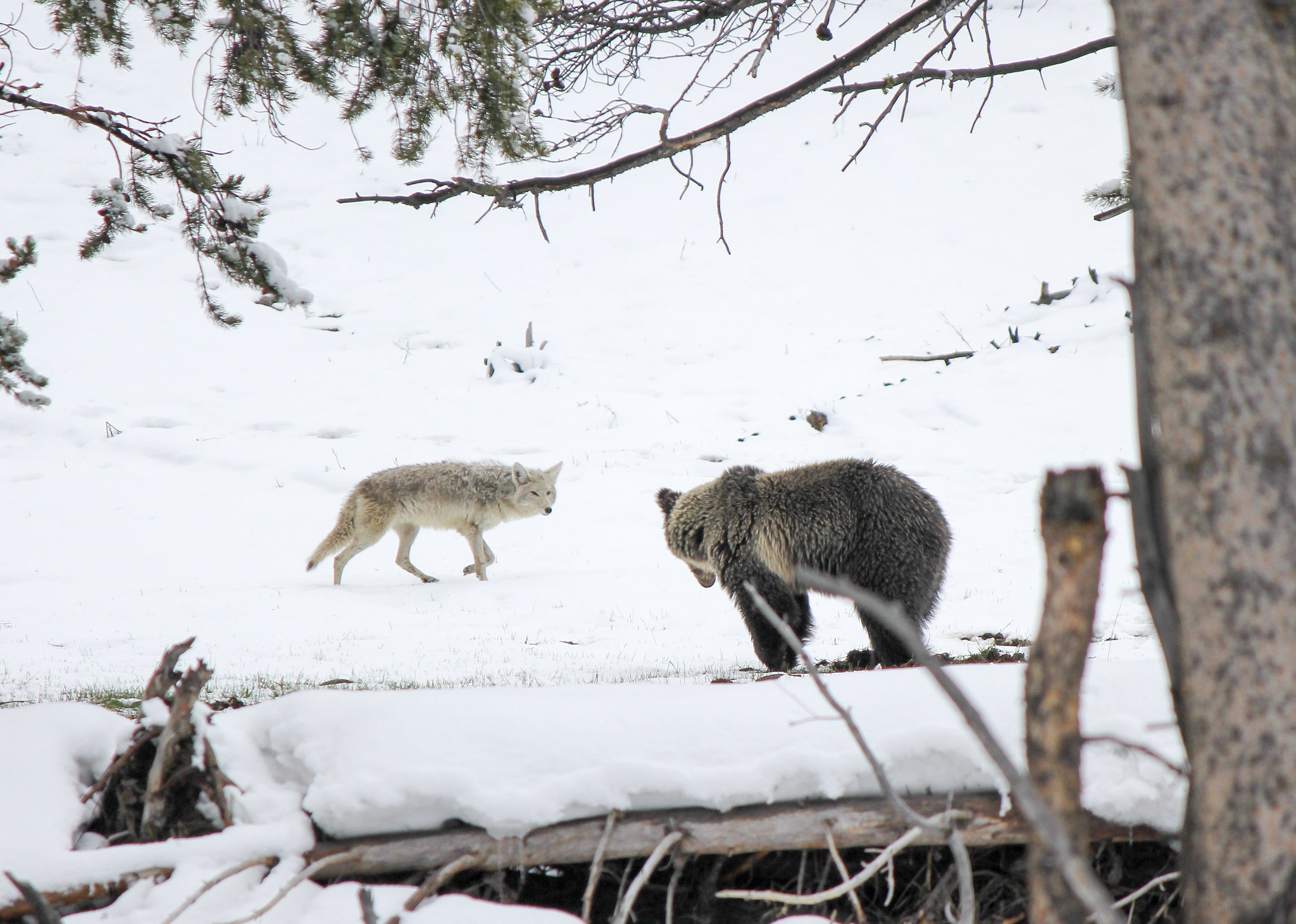
As a consequence of their reproductive dynamics, “grizzly bear populations are unable to accommodate much human-caused mortality without declining, and even small rates of decline, if sustained, can result in catastrophic losses,” Mattson writes in a paper published by the Grizzly Bear Recovery Project that looks at the effects of sport hunting. “This sensitivity of grizzly bear populations to even small added increments of mortality leaves managers with little margin of error.”
There are two ways to look at that perspective. On the one hand, maybe hunting is the tool that state wildlife managers need to keep grizzly bears contained to small home ranges. The other way to look at it is that, if we are ready to take on the responsibility of sustainably hunting grizzly bears, then we should probably let them expand into as many areas as possible, in order that regulated hunting doesn’t push them back into endangered status.
All the variables—political, cultural, physical, and biological—that will influence grizzly bear management over the next decade can make your head spin. And they’re clearly too much for my Vegas bookie, who notes that, besides a knowable conclusion, the best bets also have the fewest variables.

